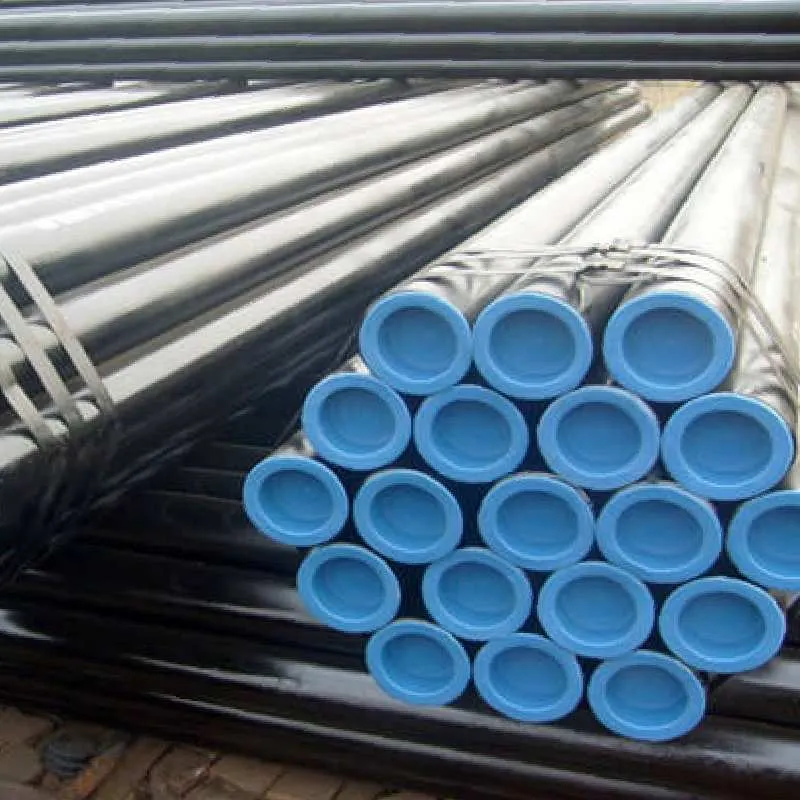-
Cangzhou Yulong Steel Co., Ltd.
-
Phone:
+86 13303177267 -
Email:
admin@ylsteelfittings.com
- English
- Arabic
- Italian
- Spanish
- Portuguese
- German
- kazakh
- Persian
- Greek
- French
- Russian
- Polish
- Thai
- Indonesian
- Vietnamese
- Zulu
- Korean
- Uzbek
- Hindi
- Serbian
- Malay
- Ukrainian
- Gujarati
- Haitian Creole
- hausa
- hawaiian
- Hebrew
- Miao
- Hungarian
- Icelandic
- igbo
- irish
- Japanese
- Javanese
- Kannada
- Khmer
- Rwandese
- Afrikaans
- Albanian
- Amharic
- Armenian
- Azerbaijani
- Basque
- Belarusian
- Bengali
- Bosnian
- Bulgarian
- Catalan
- Cebuano
- China
- China (Taiwan)
- Corsican
- Croatian
- Czech
- Danish
- Esperanto
- Estonian
- Finnish
- Frisian
- Galician
- Georgian
- Kurdish
- Kyrgyz
- Lao
- Latin
- Latvian
- Lithuanian
- Luxembourgish
- Macedonian
- Malgashi
- Malayalam
- Maltese
- Maori
- Marathi
- Mongolian
- Myanmar
- Nepali
- Norwegian
- Norwegian
- Occitan
- Pashto
- Dutch
- Punjabi
- Romanian
- Samoan
- Scottish Gaelic
- Sesotho
- Shona
- Sindhi
- Sinhala
- Slovak
- Slovenian
- Somali
- Sundanese
- Swahili
- Swedish
- Tagalog
- Tajik
- Tamil
- Tatar
- Telugu
- Turkish
- Turkmen
- Urdu
- Uighur
- Welsh
- Bantu
- Yiddish
- Yoruba

Nov . 05, 2024 23:03 Back to list
Durable 4 Inch Metal Pipe for Various Construction Applications and Projects
Understanding 4-Inch Metal Pipes Applications and Specifications
Metal pipes have been a fundamental component in various industries, facilitating the transport of liquids and gases, structural support, and more. Among the several sizes and types of pipes available, the 4-inch metal pipe stands out due to its versatility and practicality in numerous applications. In this article, we delve into the specifics of 4-inch metal pipes, exploring their composition, standards, applications, and maintenance.
Composition and Types
4-inch metal pipes can be made from a variety of materials, including steel, stainless steel, aluminum, and even copper. Each material offers distinct advantages depending on the application. For instance, carbon steel pipes are renowned for their high strength and durability, making them ideal for construction and infrastructure projects. Stainless steel pipes, on the other hand, are resistant to corrosion, making them suitable for transporting corrosive materials in chemical and pharmaceutical industries.
In terms of classifications, pipes can also be categorized by their manufacturing process. Common types include welded, seamless, and threaded pipes. Seamless pipes are produced from a solid round steel billet and are often stronger as they do not have any weld seams, making them an excellent choice for high-pressure applications. Welded pipes, as their name suggests, are constructed by welding together two rolled edges, which can be advantageous for production but may be less durable in extreme conditions.
Standards and Specifications
When discussing 4-inch metal pipes, various standards come into play that dictate dimensions, pressure ratings, and material properties. In the United States, the American National Standards Institute (ANSI) and the American Society for Testing and Materials (ASTM) provide guidelines that manufacturers must follow.
For instance, standard wall thickness for a 4-inch carbon steel pipe might vary, but common schedules like Schedule 40 and Schedule 80 are often referenced. Schedule 40 has a wall thickness of approximately 0.237 inches, while Schedule 80 has a thicker wall of about 0.337 inches. Understanding these specifications is crucial for engineers and contractors as they plan their projects, especially when calculating the pressure ratings and loads that the pipes will bear.
metal pipe 4 inch

Applications
The applications for 4-inch metal pipes are vast and varied. In the construction sector, they are often used for structural support, plumbing, and HVAC systems. In industrial settings, 4-inch pipes are routinely employed in the oil and gas industry for transporting crude oil, natural gas, and other petrochemicals due to their ability to withstand high pressures and temperatures.
Moreover, 4-inch metal pipes are critical in municipal water systems, where they transport potable water and wastewater. Their durability ensures that they can resist corrosion and structural failure over time, providing reliability in essential service applications. In fire protection systems, these pipes are also used to transport water from tanks to sprinkler systems.
Maintenance and Durability
Maintaining 4-inch metal pipes is essential for ensuring their longevity and operational efficiency. Regular inspections should be conducted to check for signs of corrosion, leaks, or structural degradation. In corrosive environments, protective coatings or cathodic protection may be employed to safeguard the integrity of the pipes.
Furthermore, the choice of material can significantly influence maintenance routines. While stainless steel pipes may require less frequent maintenance due to their corrosion resistance, carbon steel pipes may need to be coated and inspected regularly to prevent rust and failure.
Conclusion
In summary, the 4-inch metal pipe plays a crucial role in countless applications across various industries. Understanding the specifications, types, and uses of these pipes is vital for engineers, contractors, and maintenance personnel alike. By selecting the appropriate material and adhering to industry standards, professionals can ensure the efficiency, safety, and longevity of their piping systems. Whether in a construction project, an industrial application, or a municipal system, 4-inch metal pipes remain a reliable choice for transporting fluids and supporting structures. As technology advances, innovations in manufacturing and materials may open up even more possibilities for these essential components in the future.
Latest news
-
ANSI 150P SS304 SO FLANGE
NewsFeb.14,2025
-
ASTM A333GR6 STEEL PIPE
NewsJan.20,2025
-
ANSI B16.5 WELDING NECK FLANGE
NewsJan.15,2026
-
ANSI B16.5 SLIP-ON FLANGE
NewsApr.19,2024
-
SABS 1123 FLANGE
NewsJan.15,2025
-
DIN86044 PLATE FLANGE
NewsApr.19,2024
-
DIN2527 BLIND FLANGE
NewsApr.12,2024
-
JIS B2311 Butt-Welding Fittings LR/SR 45°/90° /180°Seamless/Weld
NewsApr.23,2024











